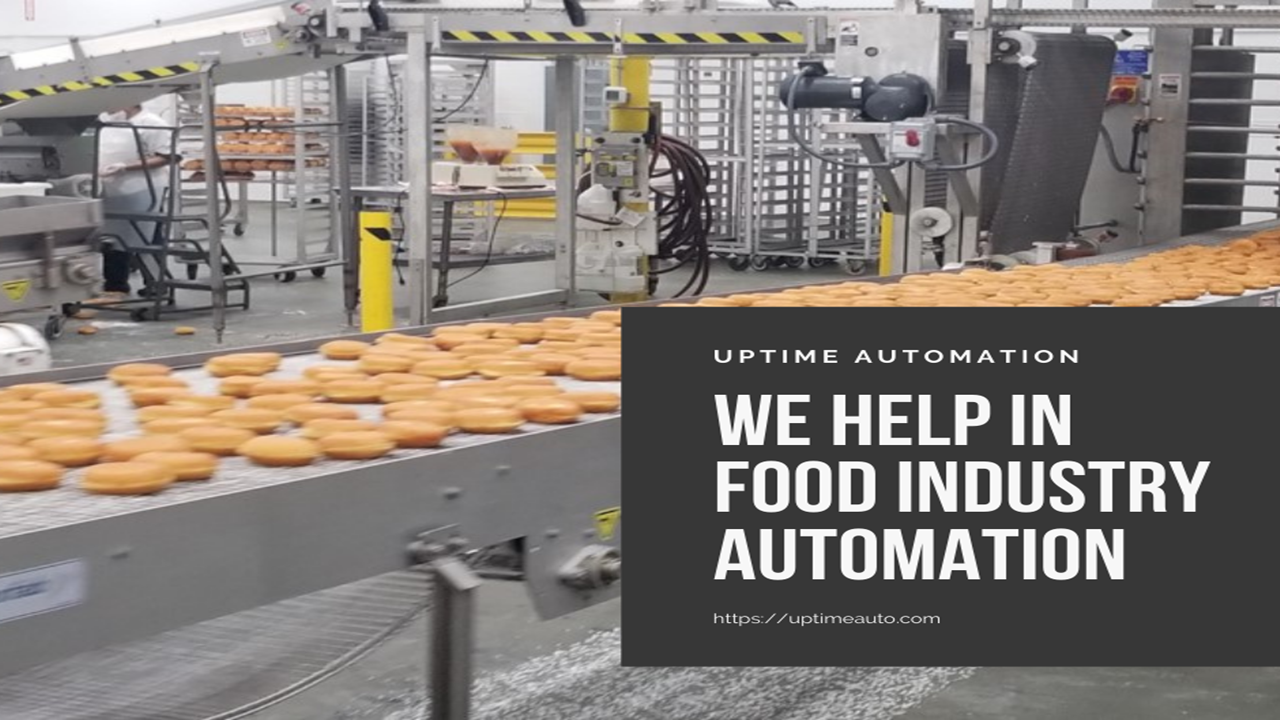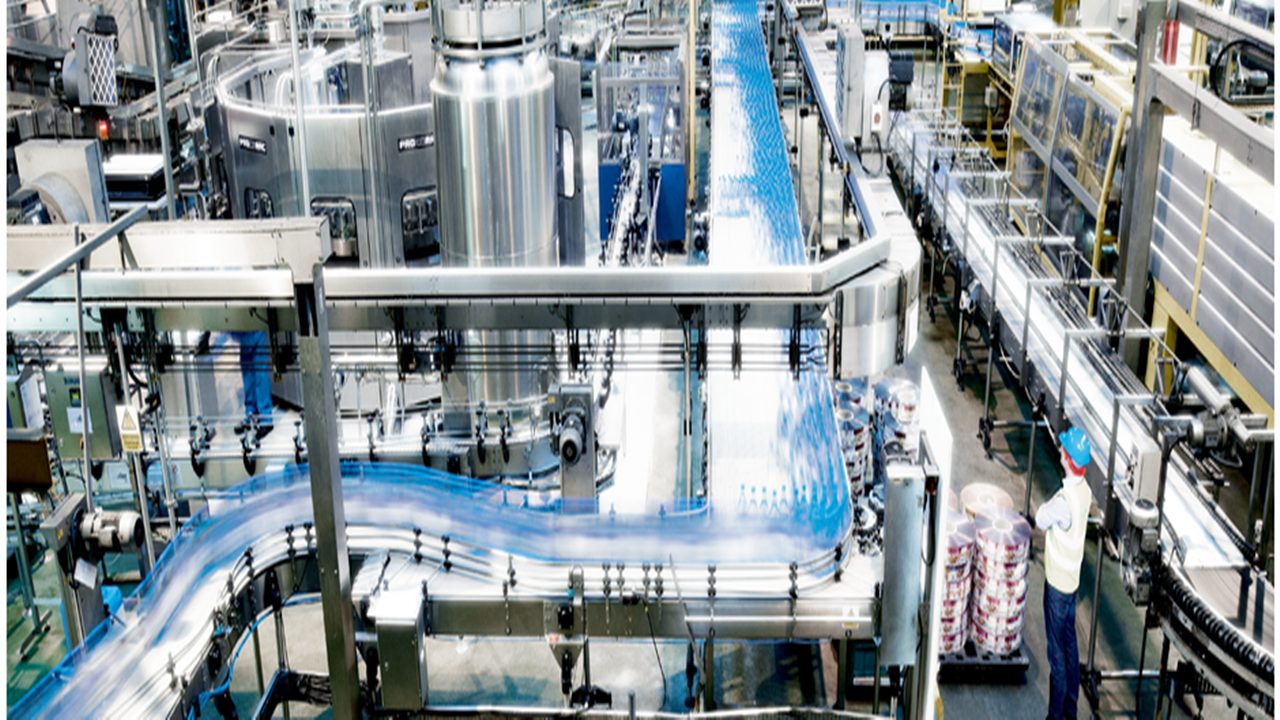
Industrial Automation In Food Packaging
The interest in industrial automation is increasing as labor cost rates increase and labor availability is an issue. While much of the automation in packaging centers on decreasing the number of workers, there is also increasing interest in automation projects related to increasing productivity. As technology and remote monitoring capabilities become more sophisticated, ROI for automation projects should improve. However, current supply chain issues may dampen the effect of hardware investments in the near future.
Case packing machines
Traditionally, industrial automation in the food packaging industry has only been accessible to larger manufacturers. This is due to high initial costs and limited flexibility. However, the rising cost of labor and rising production costs have sparked a renewed interest in automation. While the initial capital cost of automation is still a major concern, the ROI for automation projects is increasing. However, current supply chain issues could limit the benefits of automation hardware in the near future.
Most IPM clients are seeking more automation in their processes, since labor shortages and heightened costs make it impossible to find people to manually monitor downstream packaging functions. This can result in product loss due to mishandling, inadequate product throughput, and brand damage. Industrial automation in food packaging is also increasingly important for processors, as it improves food safety.
Automation of the food and beverage industry can be defined as the integration of various advanced technologies, including robots, the internet of things, artificial intelligence, analytics, data processing, 3D printing, and other technologies. With these innovations, manufacturers can increase the production of food and beverage products while decreasing the need for labor.
Automation can also improve food safety and traceability. When used correctly, it can identify problems early in the supply chain and reduce the amount of problematic goods entering the market. By eliminating contaminating air or cooling systems, automation can reduce the likelihood of a problem in a food supply chain.
Palletizing machines
With a growing food and beverage industry, palletizing machines are a vital part of the automation process. This type of machine helps companies reduce labor costs and improves delivery times. In addition, robotic palletizers can overlap different bags to fit larger loads on pallets. They are also capable of sorting and line up products. Some of these machines can even stack products with the same side facing out.
Palletizing machines are also used in the pharmaceutical industry. They can accelerate the packaging process and reduce the transport time for drugs. As the pharmaceutical industry continues to expand in Europe, palletizing machines are expected to experience rapid growth during the next few years. However, the growth rate in the region will be slower than in other areas of the world.
Palletizing machines also reduce the need for manual labor. They can lift heavier loads, perform work faster, and do so without tiring. These machines can also work for long periods of time, which helps improve productivity and reduce bottlenecks in the packaging line. They are also highly flexible and reliable.
New innovations in palletizing machinery are transforming the industry. The latest innovations include new HMI controls that allow companies to reconfigure their machines as per their needs. Another emerging trend in palletizing machinery is mixed-load palletizing. Compared to conventional single-machine palletizing, mixed-load palletizing is growing faster.
Robotic stacking machines
TecnoPack’s new robotic stacking machine can pack up to 380 muffins per hour into bakery boxes. It uses four IRB340 FlexPicker robots from ABB Robotics. The upstream portion of the production line uses a conventional system to turn out products. The robots operate in two independent cells. In each cell, the robots pick and place three muffins at a time. TecnoPack says the robots’ movements are gentle enough to protect the fragile muffins.
Another common use for robotic stacking machines is in the food packaging industry. They can pick and place individual products from a moving assembly line. They can also pack products into cases. These machines are also known as case packers. Generally, these systems are used for secondary packaging. Secondary packaging refers to packaging where the robot does not directly touch the products.
A robotic stacking machine can remove the need for human operators. This automation process is ideal for bagging operations that fill fewer than twelve bags per minute. These machines also reduce the risk of worker injury. They can also help boost production in craft breweries. These machines also reduce the risk of injury from repetitive motion and heavy weight.
Another common application for robotic stacking machines is in the food packaging industry. Automating the process allows food manufacturers to be more flexible and save labor costs. By reducing labor costs, automation will lead to a faster return on investment. For example, Delkor’s C1 1400 Robotic Loader allows maximum production efficiency when loading flowrapped snack bars. The machine can load multiple bars at a time and can handle multiple stacks.
Adaptability
Industrial automation in the food industry can help businesses become more nimble and more efficient. The food industry is prone to rapid change, so a system that can handle repetitive tasks will allow businesses to be more responsive to shifts in demand and regulations. Human workers need training to adjust to new systems and processes, but digital automation is much more flexible and can adapt to new standards more easily. Furthermore, automated systems can scale up or down as required, helping companies meet seasonal and annual demands.
In addition to automating mundane tasks, automation will help create a more efficient supply chain. With today’s advanced process controls and robotics, manufacturers can automate tasks that were previously impossible to automate. This increases productivity while simultaneously reducing labor and material usage rates. Moreover, automation will enhance worker safety. These factors will lead to greater adoption of automation in food packaging.
As production processes become more complex, manufacturers must be able to adapt to varying product requirements. For instance, manufacturers of confectionery and baked goods must be able to anticipate consumer needs and demands and adapt their production to meet these needs. Industrial automation in food packaging can facilitate this process and make the entire process more efficient.
Another major benefit of industrial automation in food packaging is its ability to increase productivity. Food packaging robots can complete dozens of tasks at once, which is not possible with humans. Human workers can only handle one product at a time. Additionally, automated food packaging systems can easily adjust their output to meet different needs. Therefore, automation can help food packagers scale their operations and maintain competitiveness in the food industry.
That’s all about Industrial Automation in Food Packaging Industry. Hope so, you found this article helpful if you were looking for some brief information about Industrial Automation in Food and Beverage Industry.
Share your valuable feedback about this post in the comment section. Also, keep visiting the website uptimeauto.com for more updates.


